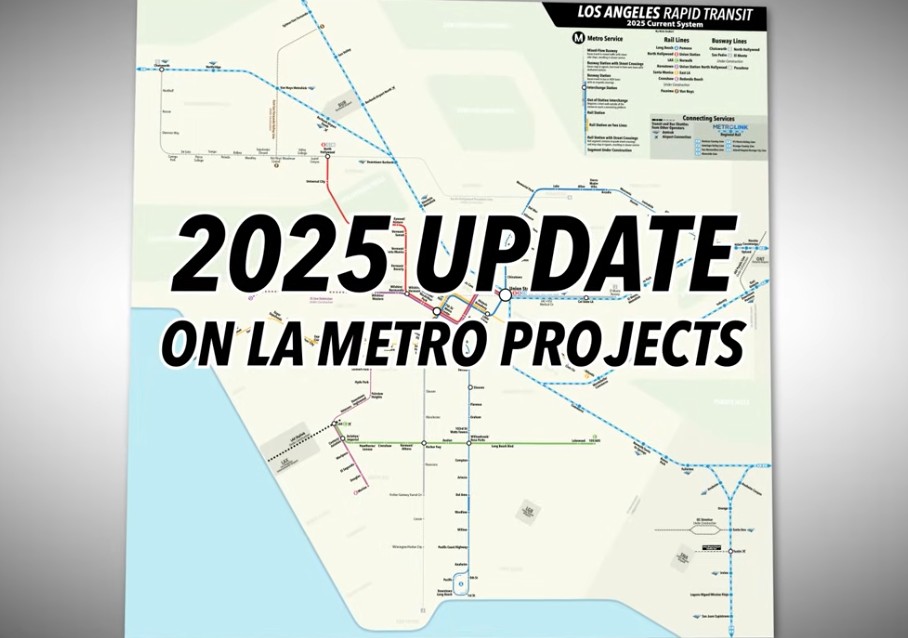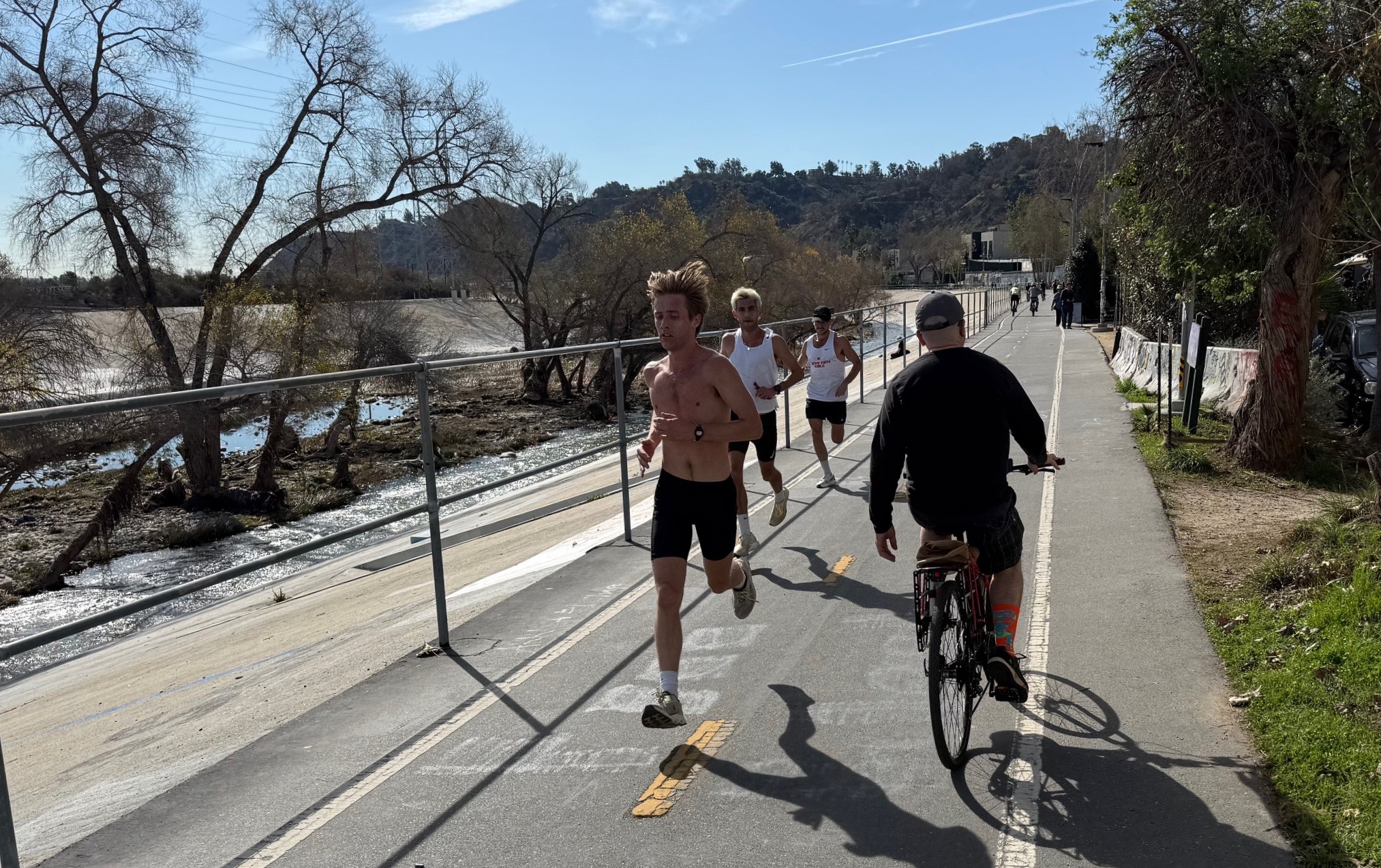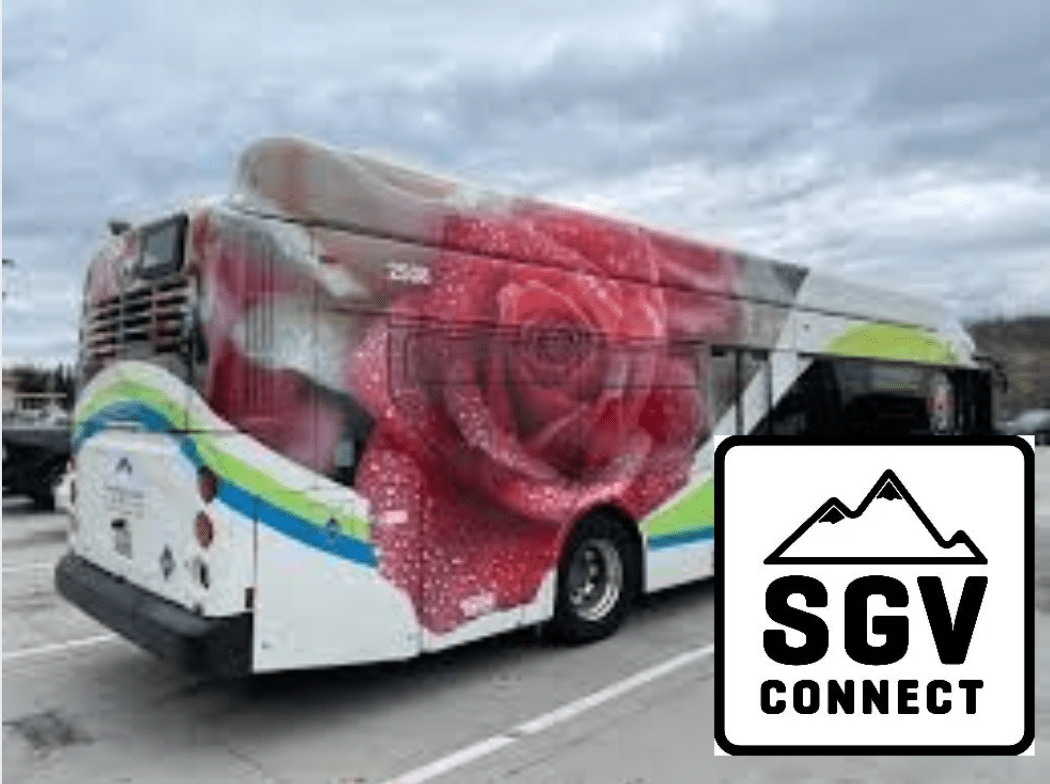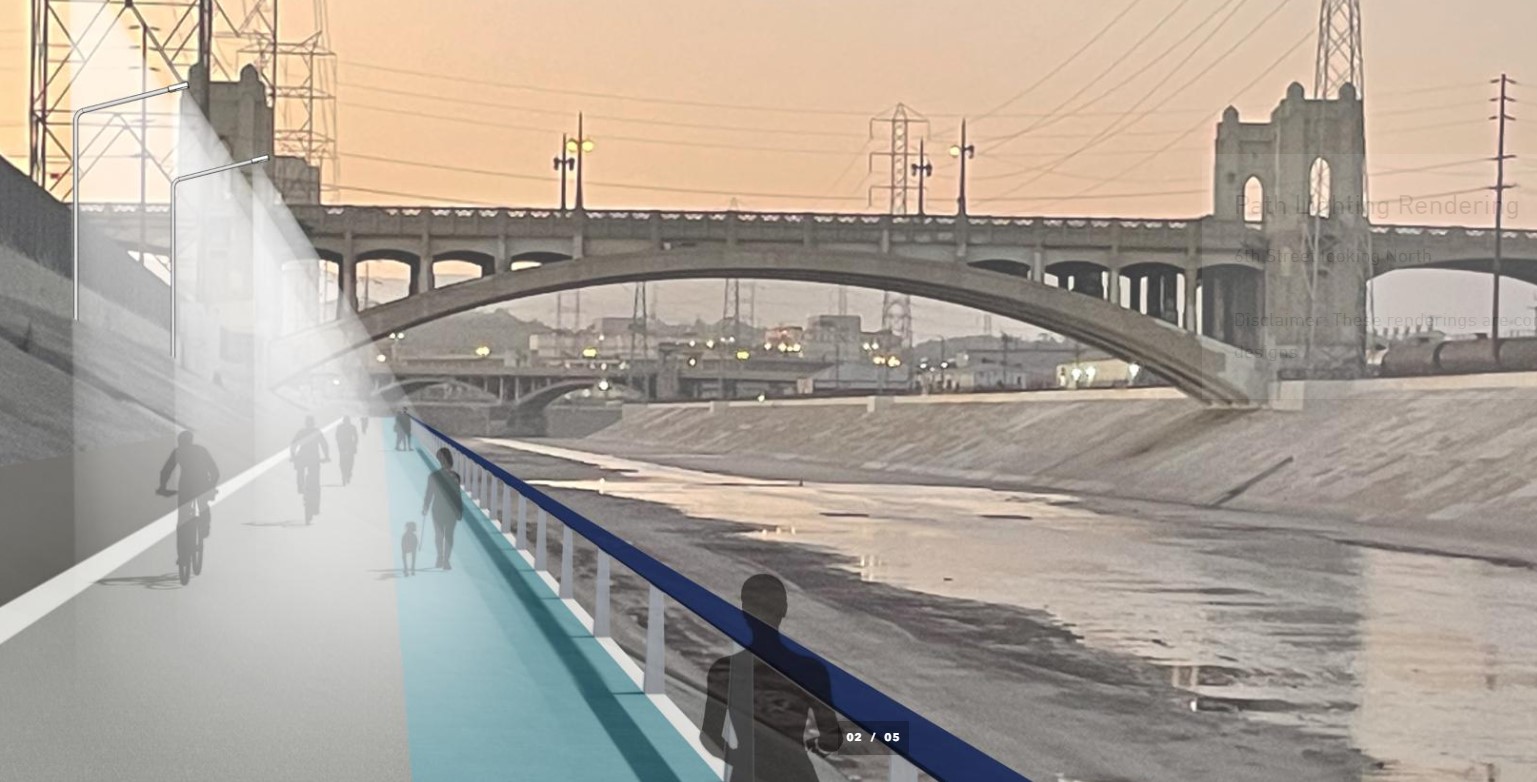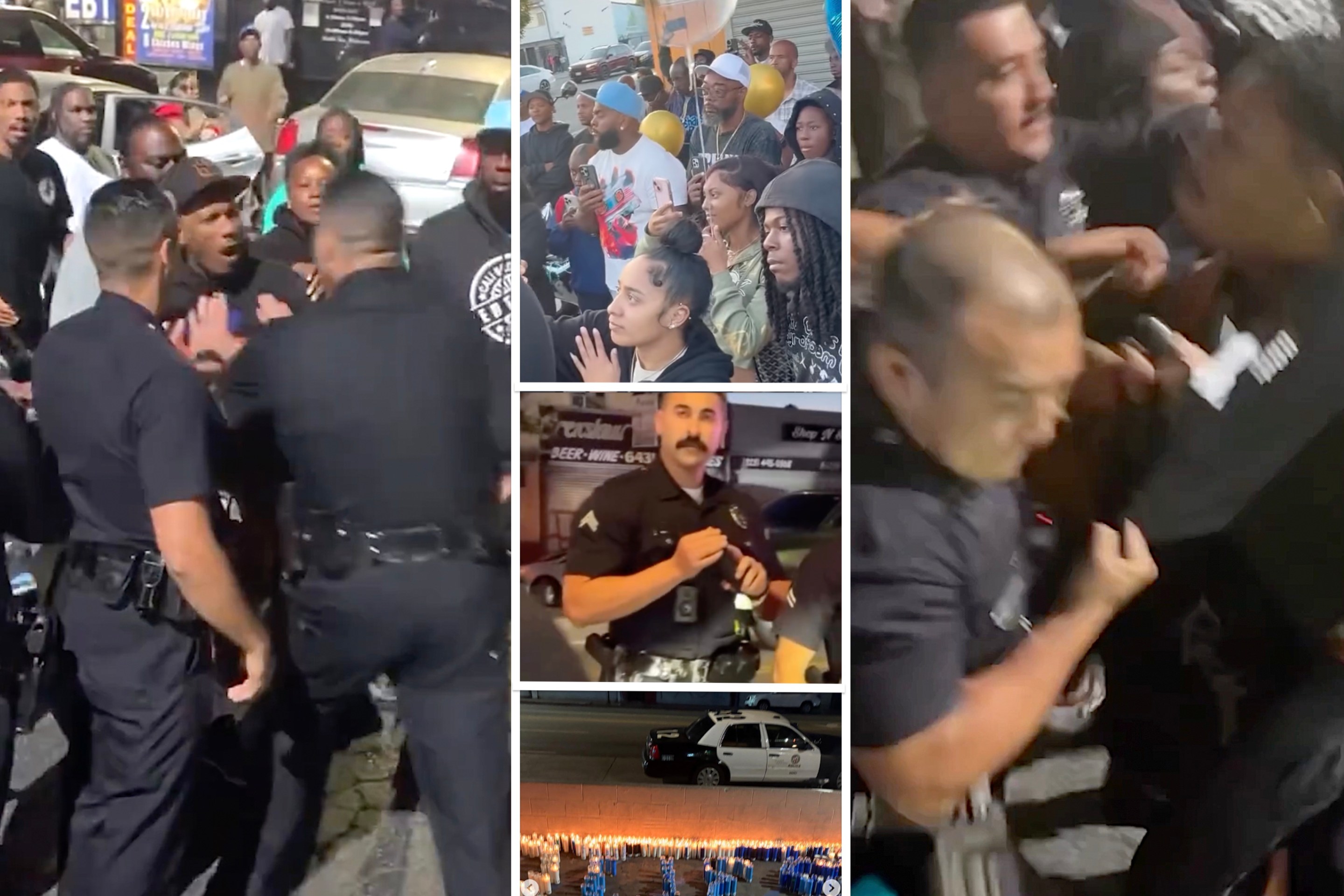In many ways, Calgary, Canada's third-largest city, is very much like a sprawling American city. But in one way, it's very different: It's a huge transit city. Despite being composed mostly of sprawling single-family homes, in this Canadian energy boomtown, 50 percent of downtown workers arrive by transit and another 11 percent by bike -- way higher than what you see in its American counterparts.

Yonah Freemark at the Transport Politic says the secret sauce for for Calgary transit seems to be limiting car use in the downtown area:
In 2013, Calgary’s transit services provided about 168 million annual trips, compared to about 70 million each in Dallas and Phoenix. Those metropolitan areas each have more than four times the population of Calgary. In other words, people in Calgary -- an energy-driven, Western sprawl town -- are using transit at about 10 times the rate of people in U.S. peers.
The difference between Calgary and a city like Dallas is not simply a reflection of differences in investment (after all, Calgary could be paying for sensational transit offerings that are simply not offered in the American sunbelt). While both Calgary and Dallas have spent hundreds of millions of dollars building out their light rail system, Calgary’s provides three times the daily rides on less than half the track miles. What gives?
At the heart of the matter seems to be a radically different view about how to manage automobiles downtown. Decades of progressive thinking about how to run downtown have produced a Calgary where there are no freeways entering the central city. Citizens there have been vocally opposed to building highways there since the 1950s, with the consequence that it is simply not that quick to get into downtown by car. This has a number of related effects, including the incentivization of non-automobile modes and the reduction in outward suburban sprawl (since it takes a longer amount of time to get to the center of downtown).
In Dallas, on the other hand, six grade-separated highways radiate from downtown, a loop tightly encircles it, and state highway planners have been pushing for a new tollway directly adjacent to it -- in the middle of a park.
Perhaps most impressive have been Calgary’s parking policies. For decades, the municipal government has managed parking supply downtown, in part by directly owning a huge proportion of the spaces. The city has also limited the number of spaces allowed to be built in the center. In 1981, the city had 25 million square feet of offices downtown and 33,000 parking spaces (1,320 parking spaces per million square feet), but today, it has more than 40 million square feet of offices (and more under construction) and 47,000 spaces (1,175 spaces per million square feet, an 11 percent reduction). The limitation on the number of parking spaces has resulted in an expensive parking market; the city has the second-highest parking rates in the Americas, after New York City.
Meanwhile, Freemark notes that the absence of freeways and cheap parking doesn't seem to have hurt the downtown office market, which is performing better than Houston and Phoenix by some measures.
Elsewhere on the Network today: Greater Greater Washington shows all American streetcar systems at the same scale. And CarfreeDays reflects on the lesson learned from years working as a bike-to-school advocate.
